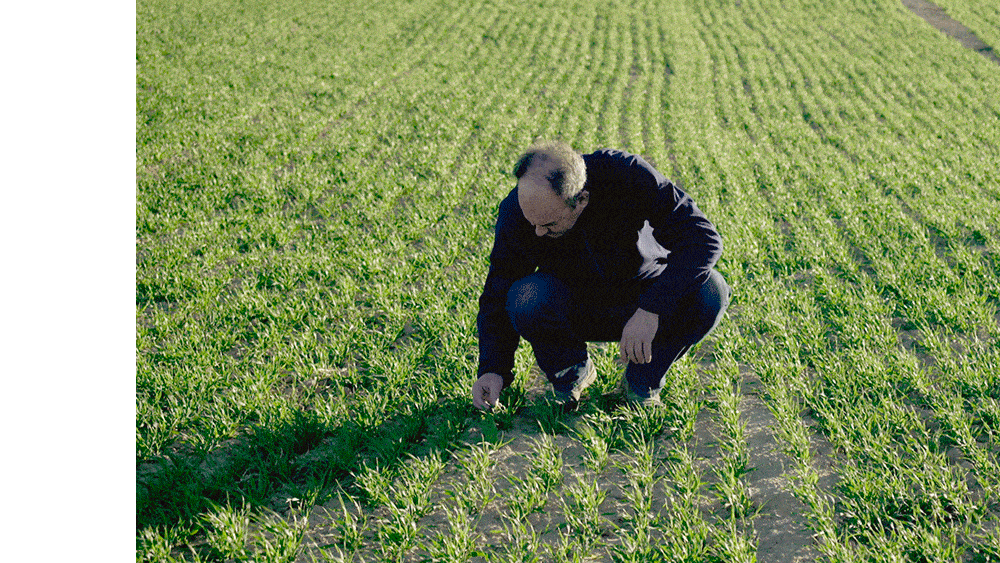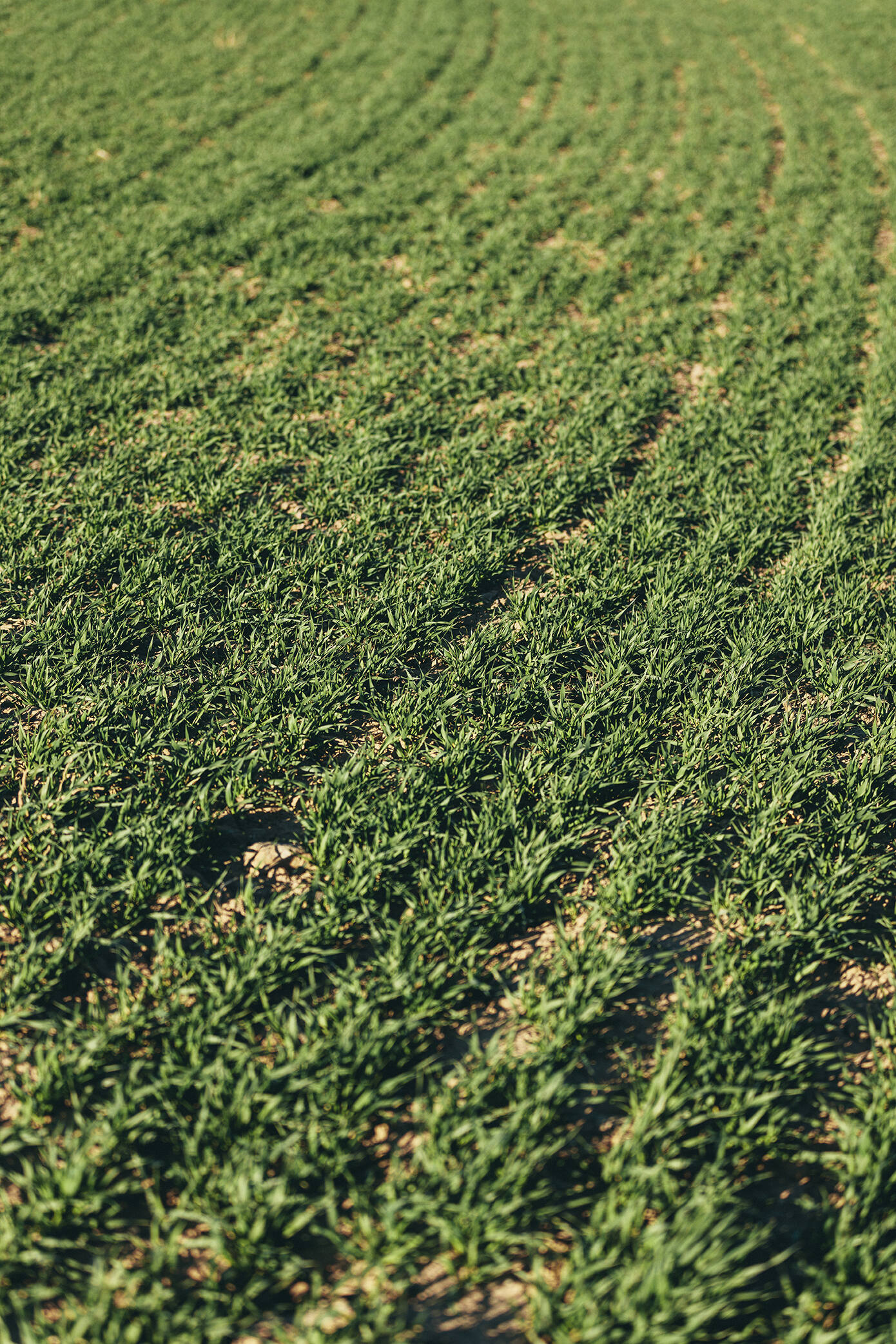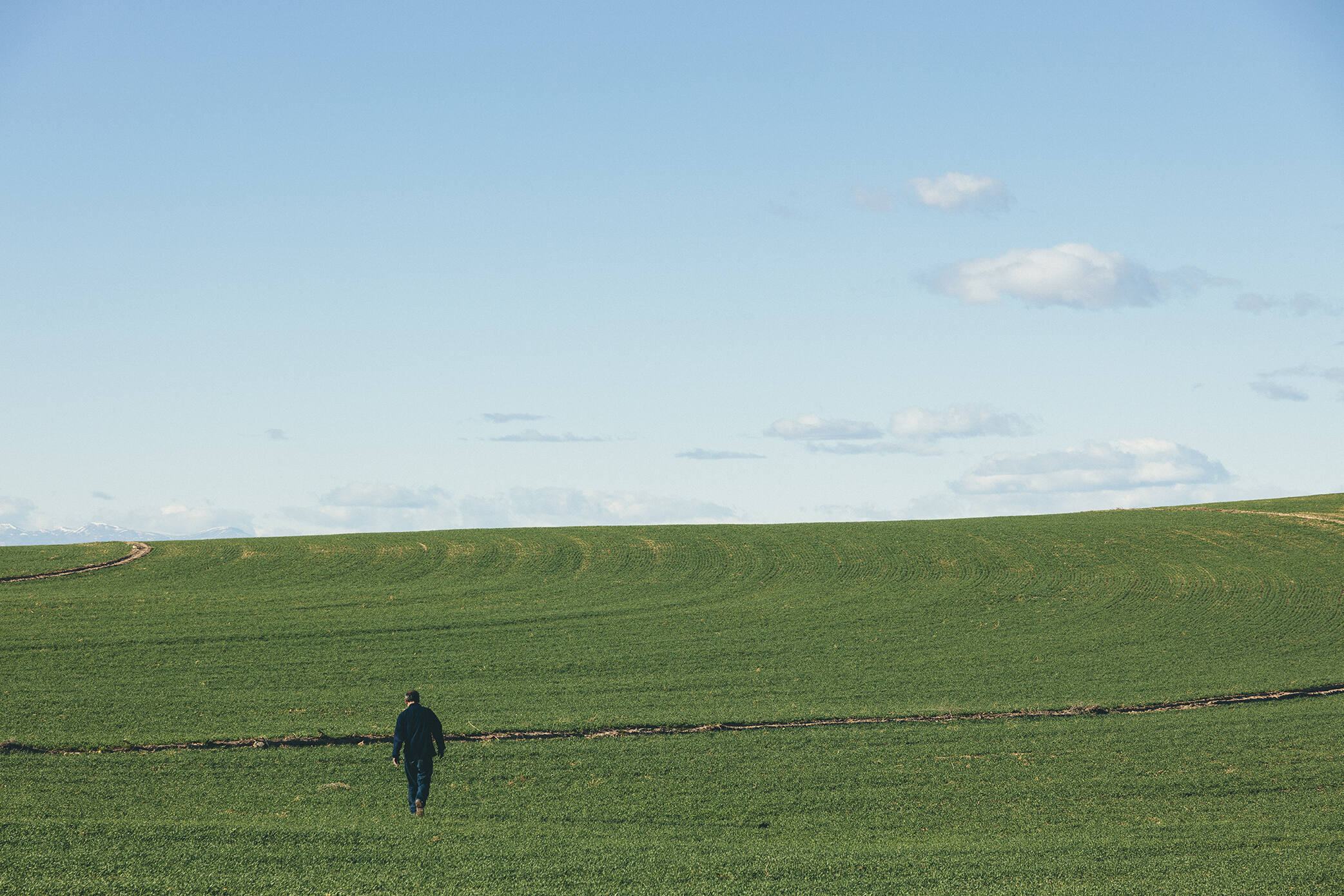Choose your country or region
- Europe
- Spain
- Catalonia
- Portugal
- United Kingdom
- International Version
Malt house
Testing the barley
9:45 – Like every day, a new truck loaded with barley arrives at our malt house. It is just one of an average of 20 that turn up each day to supply us with our main ingredient. “The first thing we do is extract a representative sample to verify that it meets our quality standards,” explains T. Ramo, the head of the malt house. Using this sample we measure the size to see if it fits our requirements, along with the level of moisture, protein and the germination capacity. Although the tests are demanding, deliveries are usually accepted. On average, only 4% of trucks are refused because their barley does not meet the requirements for use in Estrella Damm.
"The size, moisture, protein and germination capacity are measured"
T. Ramo
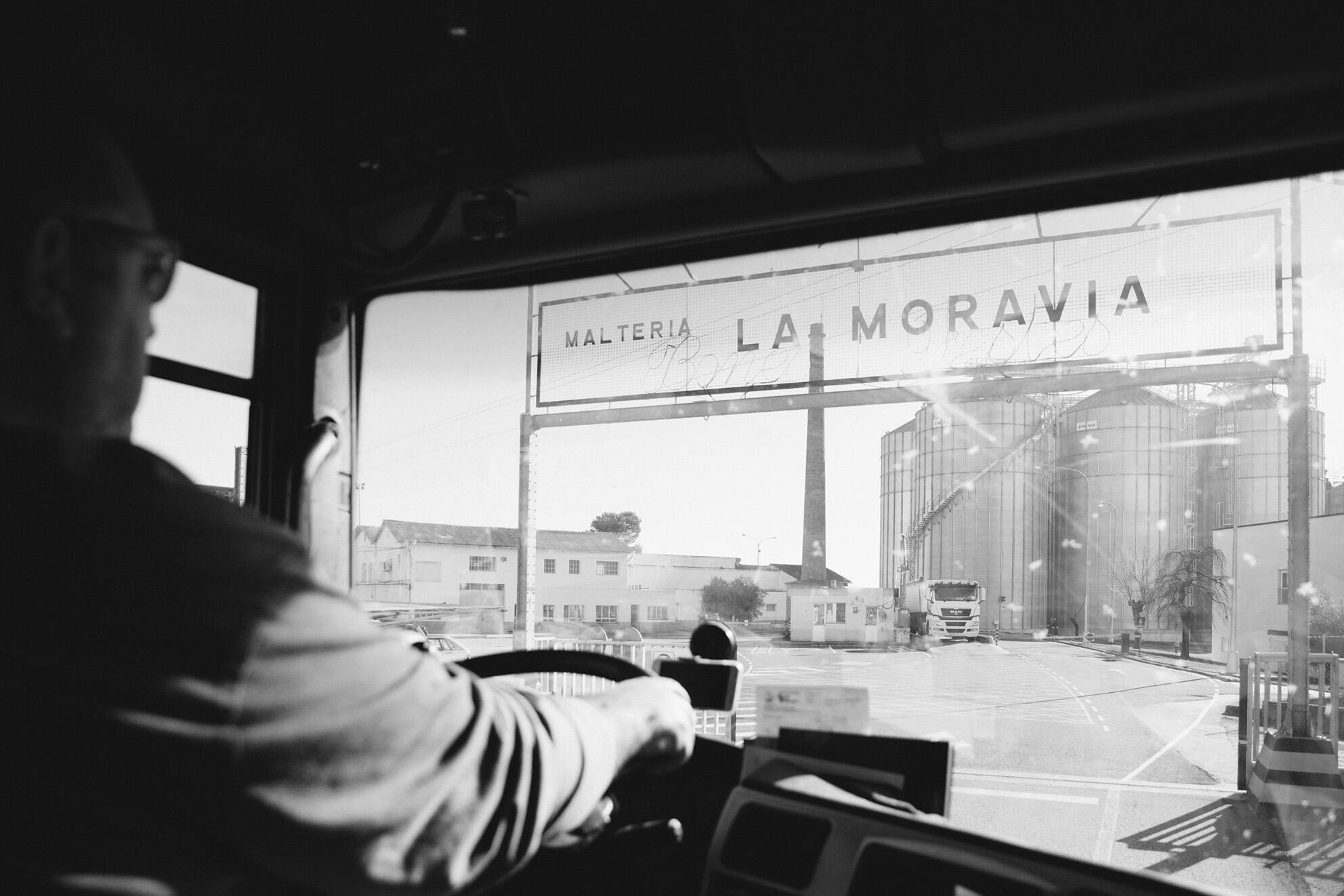
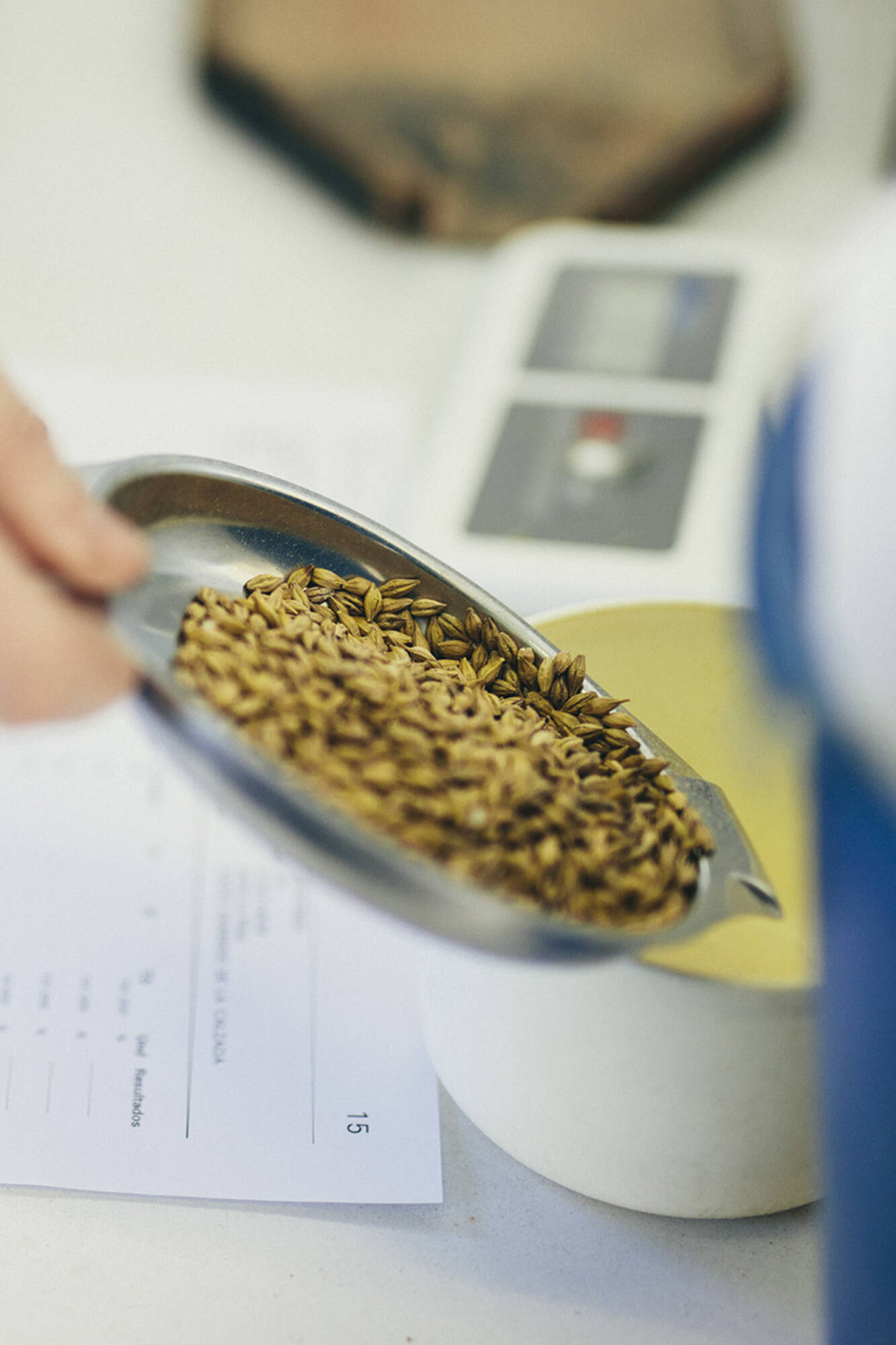
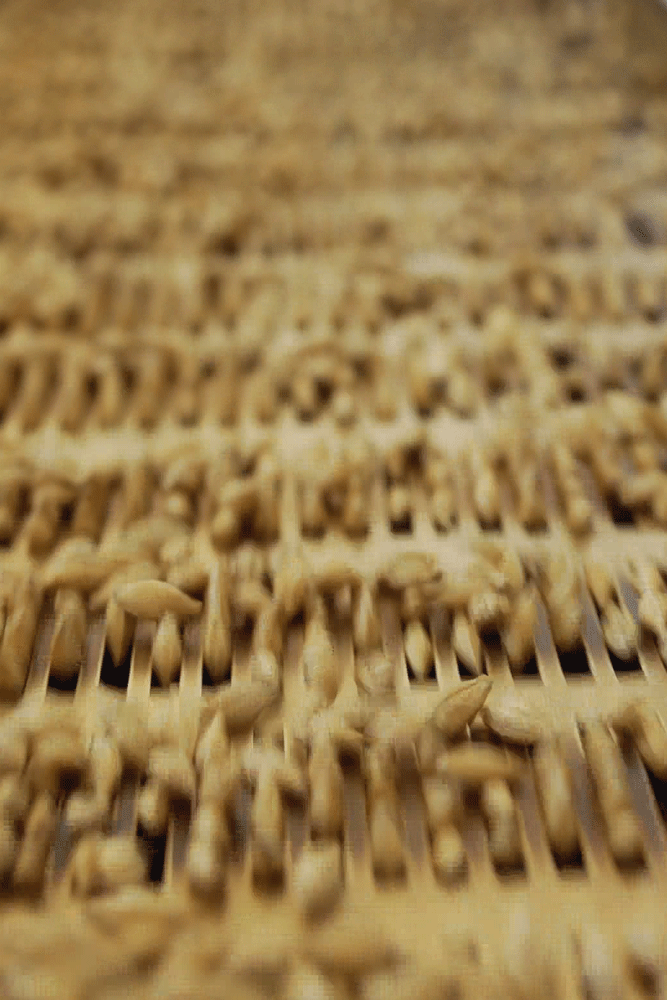
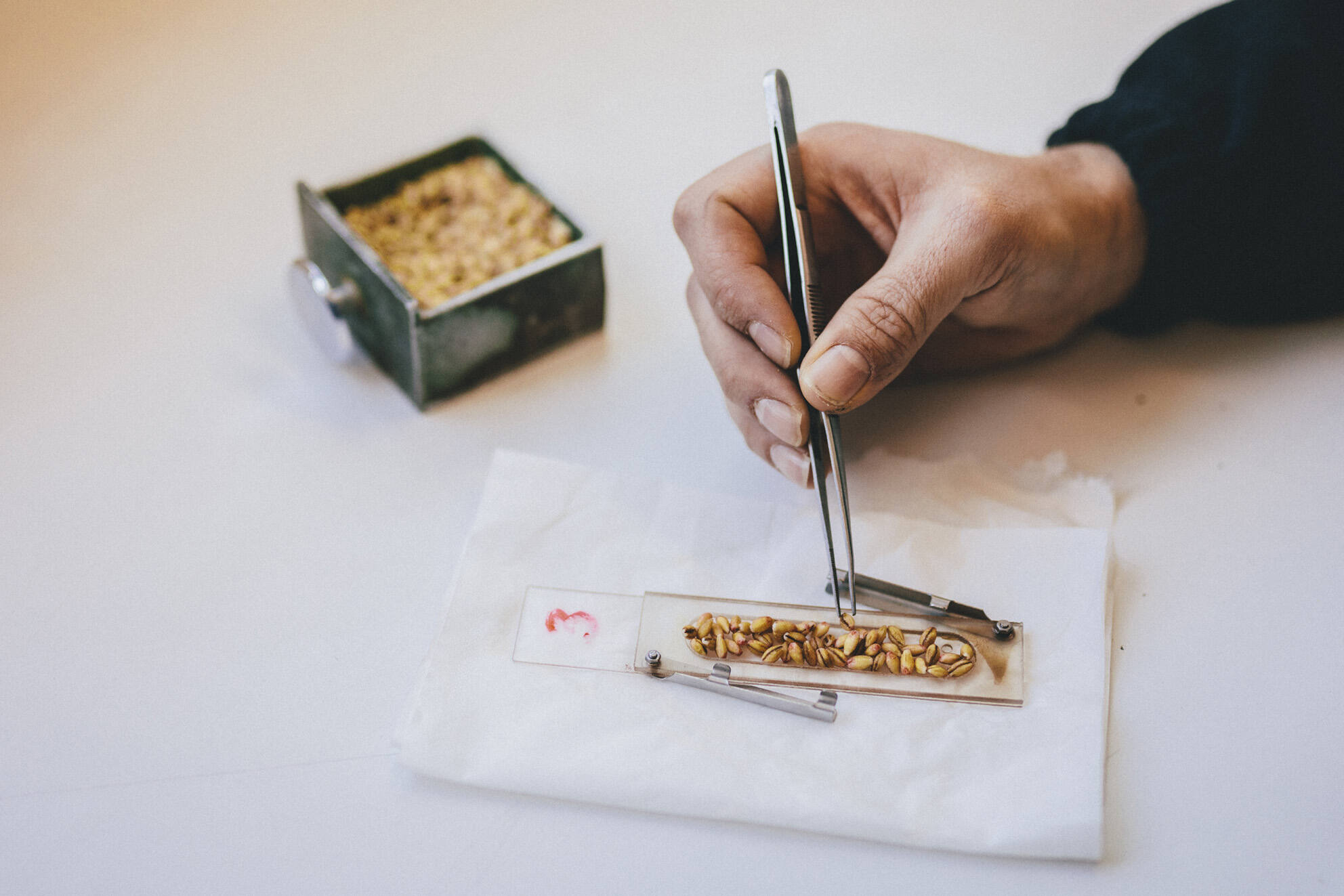
Factory
Lagering tanks: patience is required
16:12 – It is impossible to miss them as you approach our factory: the 83 fermentation and lagering tanks, also known as maturation tanks, whose size and presence make them stand out from the rest of the facility They are used to store the wort immediately after it is boiled and the yeast is added, it is then left to ferment for one week and rest for two. “These two weeks of resting or lagering refine the beer until it is perfect,” explains K. Peiró, a master brewer from Damm, “we could do it in less time, but the outcome wouldn’t be the same.”
"The beer could be left to rest for less time, but the outcome wouldn’t be the same"
K. Peiró
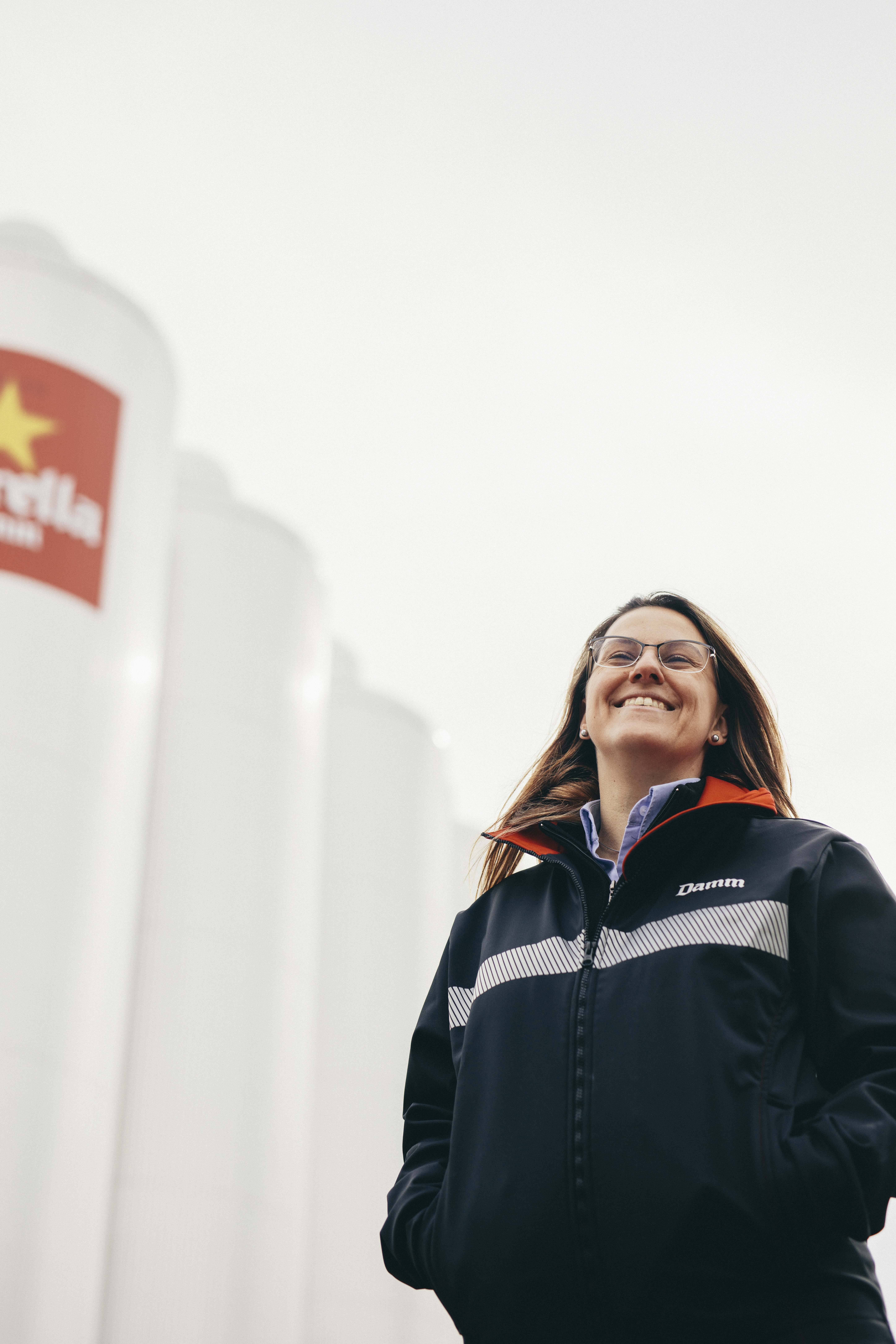
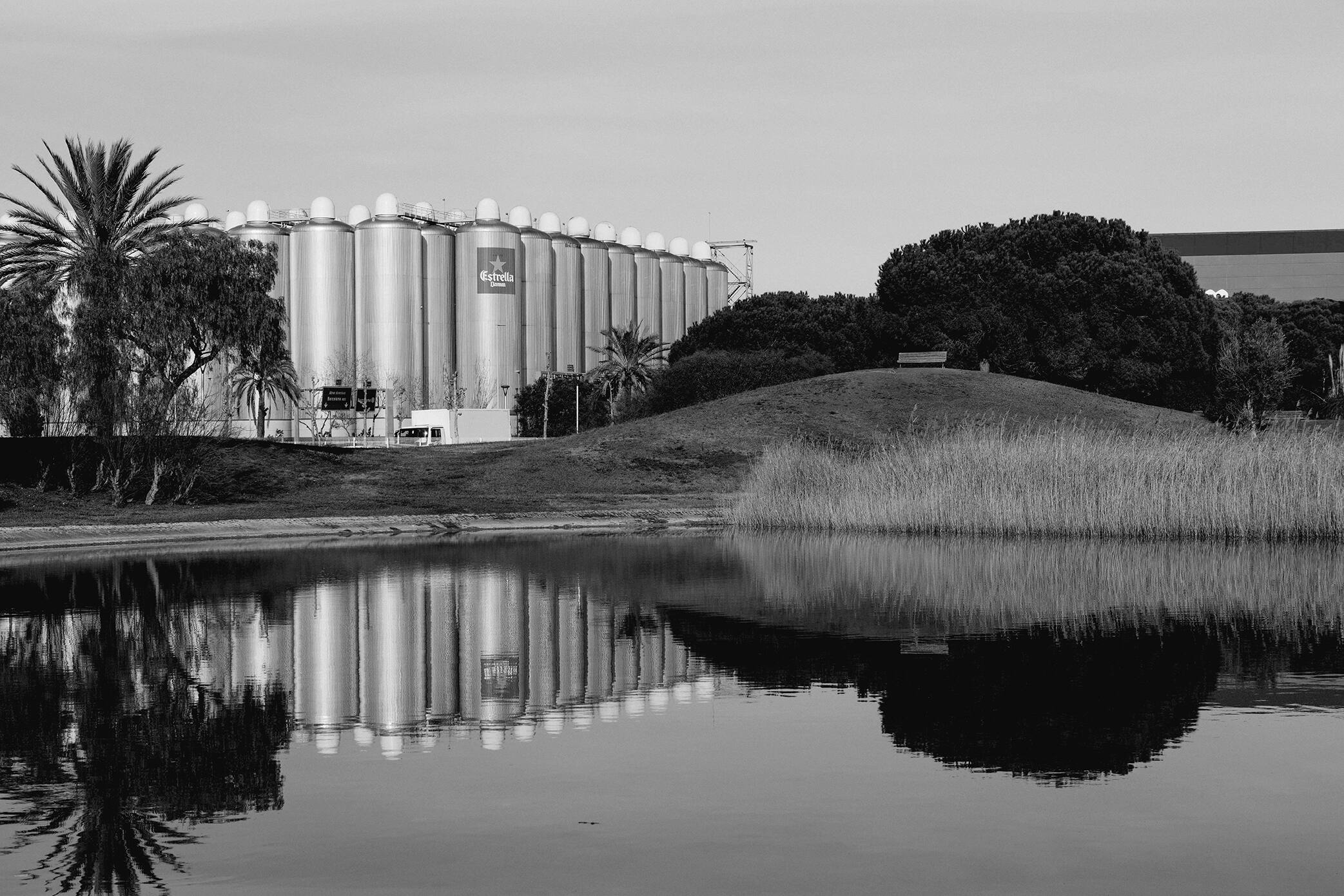
Barley fields
The rain brings green shoots
18:43 – The barley fields turn a deeper shade of green as February progresses. Here on the Seuma brothers’ land, a cold and dry winter has meant that the barley has taken longer than usual to sprout, but thankfully the recent rains have helped to expedite the process. A blanket of green stems stretches as far as the eye can see, at three to four fingers tall they will soon begin to tiller, that is, they will start to separate into leaves so they can continue to grow over the next few months. “The most important thing now is that the spring isn’t too hot and dry,” says B. Seuma, a farmer with more than 20 years’ experience cultivating the barley that becomes the malt for our Estrella Damm.
"The barley has been slow to sprout due to a cold and dry winter"
B. Seuma
